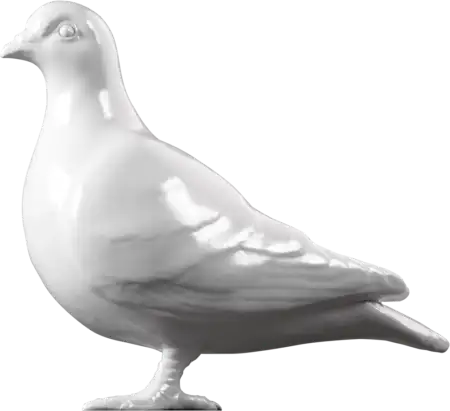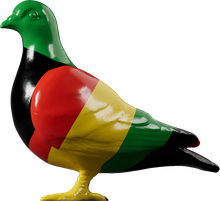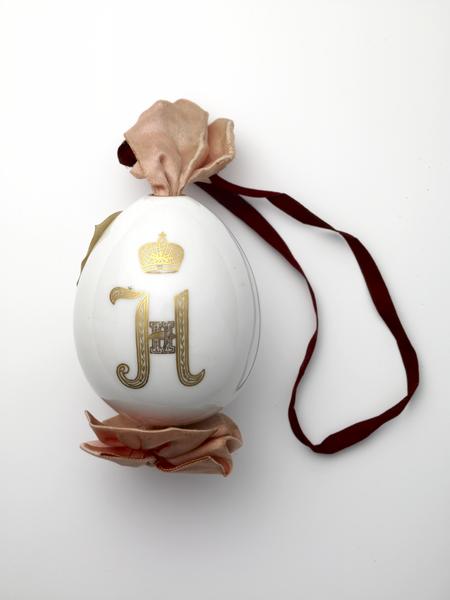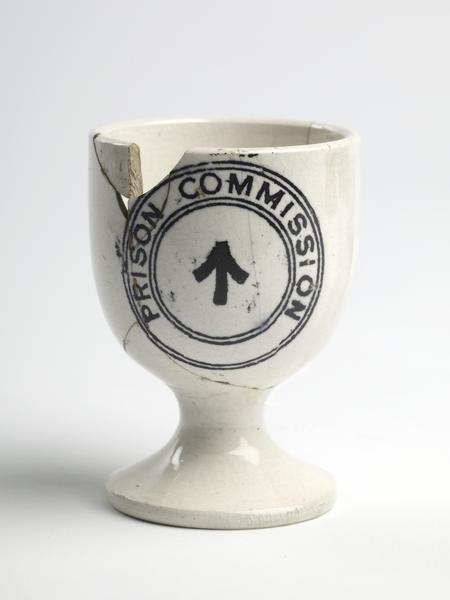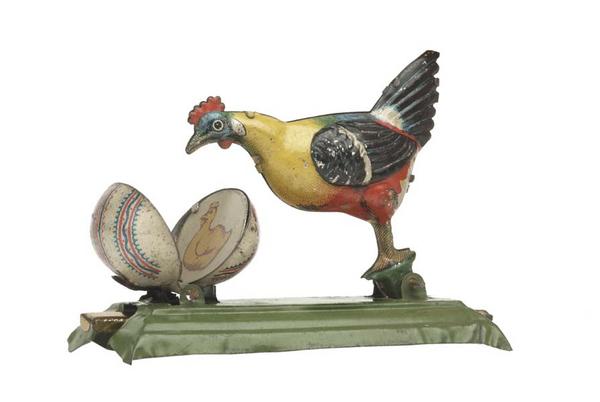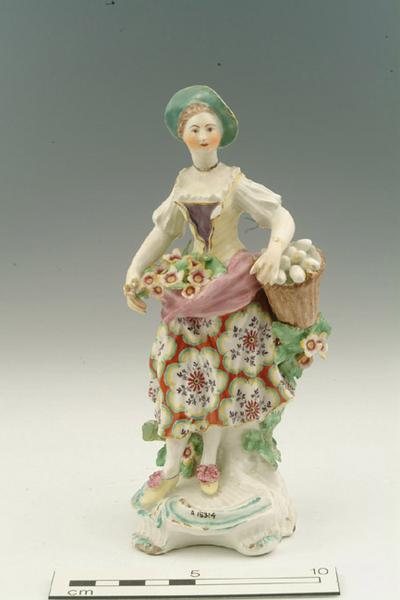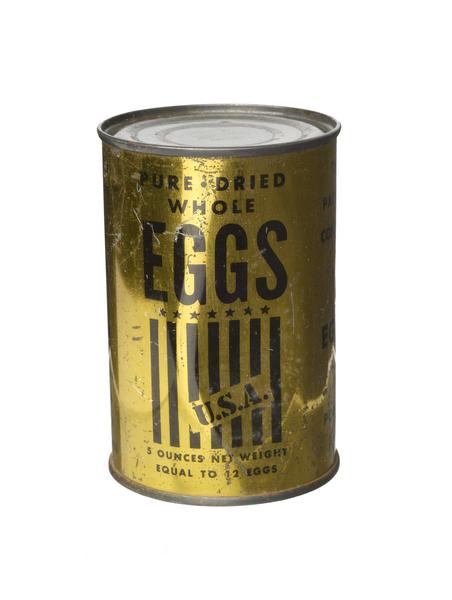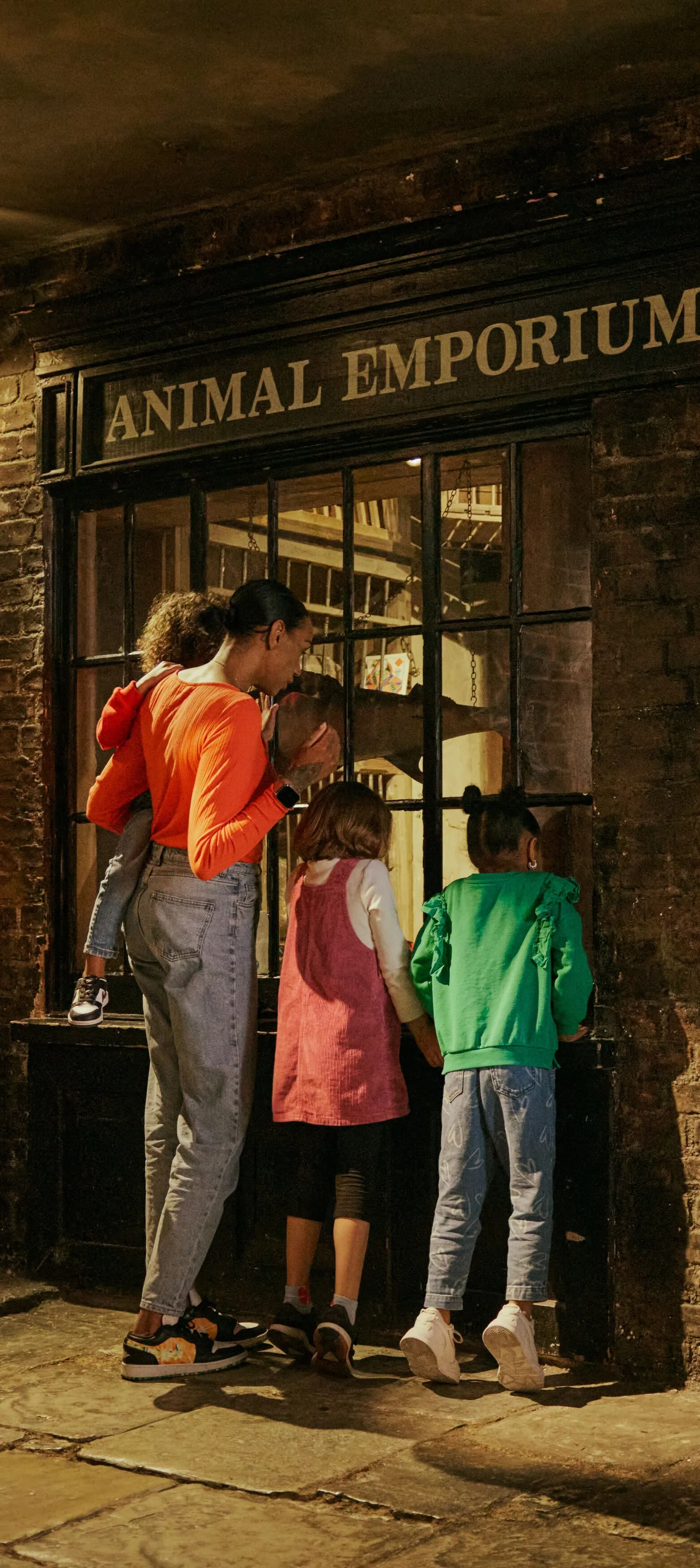14 April 2022 — By Shruti Chakraborty
Easter egg hunting at London Museum
In our egg-citing basket, we found a real medieval egg, a quirky egg-heeled shoe, a mysterious egg by the River Thames, and so much more! We’re not egg-agerating when we say it’s an egg-cellent collection.
Hunting for beautifully decorated, colourful eggs on Easter is a tradition many of us are familiar with. There are some references to the association of eating eggs for the festival that date back to medieval times, but what many might not know, the tradition of ‘egg hunts’ comes from Germany – possibly, the 16th century.
It’s said that Protestant reformer Martin Luther used to organise egg hunts, wherein the men would hide the egg, and the women and children would search for them. This was meant to reference the resurrection of Jesus, when the empty tomb was discovered by women. The Easter rabbit – or Easter hare, as they were called in Georg Franck von Franckenau’s 1682 essay, De ovis paschalibus (About Easter Eggs) – along with eggs, were also regarded as symbols of fertility. According to local custom, the hare would bring a basket of colourful eggs and hide them around the house and garden for the children to find.
“In England, it’s known that Queen Victoria as a child used to enjoy egg hunts at Kensington Palace”
In England, it’s known that Queen Victoria as a child used to enjoy egg hunts at Kensington Palace. This tradition was continued with her children. Prince Albert was tasked with hiding the eggs around the palace, and the kids would enjoy looking for them after breakfast. There are several references to these hunts in her journals.
But that’s just a bite-sized history of Easter egg hunting.
While at London Museum, we haven’t made a conscious effort to ‘hide’ eggs in our collection, there is still quite a possibility of an Easter Egg Hunt, what with eggs appearing in the most interesting ways in our collection of more than seven million objects. This includes a real medieval hen’s egg and a large glass Ostrich’s egg! So, for this Easter, with help from the museum’s curators and archivists, this writer went hunting.
Here’s an egg-cellent selection for your historical Easter egg basket, a la London Museum edition.
Staring with a traditional Easter egg
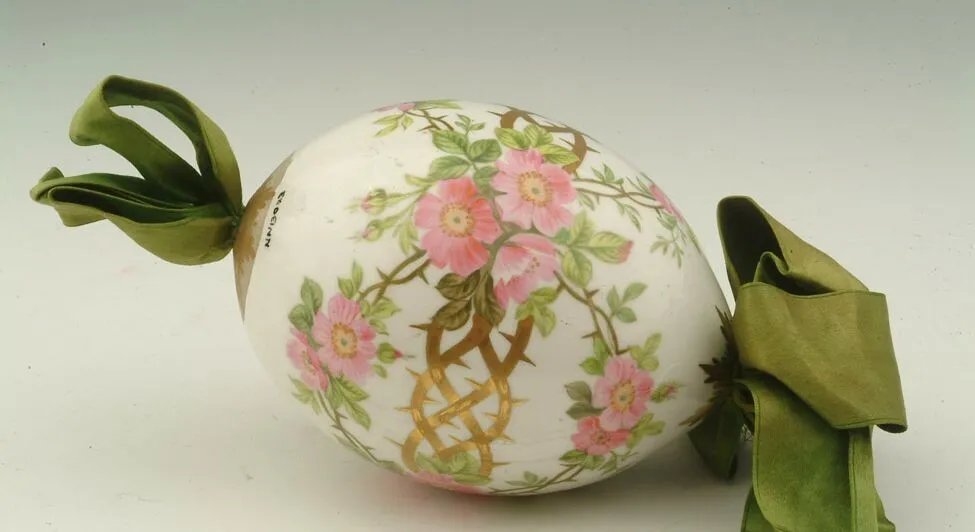
A hand-painted porcelain egg, decorated with flowers and gold thorns.
Porcelain eggs have been given as Easter gifts since the 19th century, and were especially significant in eastern Orthodox Christianity, shares Curator Danielle Thom. This example probably dates from the late 19th or early 20th century, and still has its original green silk ribbon. The egg is hand-painted with a looping pattern of leaves and pink flowers, which intertwines with a golden crown of thorns around the middle. The crown of thorns represents the crucifixion of Christ (and, thus, the religious significance of Easter). It refers to a passage in the Bible in which Christ is mockingly “crowned” with the thorns by his captors, prior to his death on the cross.
Queen Mary’s doll-in-an-egg
Eggs can be little worlds in miniature, particularly for children. Symbolic of youth and potential, the egg makes a perfect container for tiny toys, especially dolls, explains Thom. We’re familiar with these today, often coated in a chocolate shell. However, 19th century egg toys tended to be concealed within papier-mâché or wooden shells. Inside, you’d find charming little figures in porcelain or wood, often dressed in miniature fashions. These fun surprises were often given as Easter gifts. The red and green eggs, with matchstick dolls inside, belonged to HM Queen Mary. The green one has “The World’s Smallest Doll” written in gilt, which is definitely not true now, but could have been true back in 1907, when it was made.
Walking on eggs...

A pair of quirky shoes by Johnny Moke, with ‘egg’ heels.
The Dress & Textile store might not the place where you would expect to find eggs or egg-related objects. However, it is home to an amusing pair of shoes with egg heels created by Johnny Moke in 1987 to accompany the deceptively simple, fluid dresses of French fashion designer Adeline André, shares Senior Curator Beatrice Behlen. The shoes look surreal, which might not be a coincidence given that André was taught by Salvador Dali, before working for Marc Bohan at Dior, Louis Féraud and Castelbajac and setting up on her own in 1976. The oval (egg-shaped?) hole near the tip of Mokes’ shoes allowed showing off a well-manicured toe. A decade later Moke returned to his idea, this time turning the egg on its end.
Egg-centric containers
By definition, eggs exist to hold and conceal things within their shells. While you won’t find a chick inside these tiny enamelled eggs, they are designed to hold small personal items. The one with dark blue enamel holds a thimble for sewing; and the other two (pink and green), a sponge soaked in perfume which could be used to ward off foul smells. Designed to be kept in a pocket or attached to a chain, these fashionable trinkets would have adorned the person of a stylish 18th-century lady, writes Curator Danielle Thom.
Pin it up: ‘National Egg Collection’ fund during World War I

A WW1 charity lapel, sold to raise money for the ‘National Egg Collection’.
This World War I charity lapel flag was shaped like an egg, and decorated with a red, white and blue ribbon to raise money for the ‘National Egg Collection’ fund for wounded servicemen. Founded in 1915, the charity – patronised by HM Queen Alexandra – encouraged poultry farmers and those who kept chickens to donate eggs. These were then distributed to military hospitals – both at home and in the field. In London, as few people kept chickens, the charity sold flags such as this to raise money to purchase additional eggs.
By January 1918, the fund had sent over seven million eggs to hospitals at home and over 25 million to hospitals abroad.
A River Thames eggy mystery

Ceramic River Egg, no. 2664, found on the foreshore at Erith by Andy Richards.
This mysterious river egg was one of several found by mudlarks on the banks of the Thames since 2012. These hollow eggs were a mystery, each one stamped with a unique number and “London”.
Research by curators Kate Sumnall and Thomas Ardill revealed the story behind these ceramic eggs. An anonymous artist – Anon – created 5,000 stoneware eggs in varied sizes in 2012. Some reportedly had another object placed inside. The artist then arranged the eggs out in the shape of the Thames on the South Downs, Sussex. The final stage of the artistic installation involved placing the eggs into the Thames on Easter weekend 6–9 April 2012.
Gradually, mudlarks and other visitors to the Thames foreshore found these eggs and reported them to the Portable Antiquities Scheme (PAS) at the museum.
Celebrating Easter when Covid-19 hit
These hand-decorated eggs were collected as part of the museum’s Collecting Covid project in 2020. Easter was the first major festival of 2020 to be affected by the first British ‘lockdown’. Some people took the traditional Easter craft of egg decorating to make references to the Covid-19 pandemic, shares Curator Vyki Sparkes. In a set of two such eggs in our collection, a Year 10 student had a witty take on Michelangelo’s Creation of Adam to show toilet rolls and hand sanitisers, which were in extreme shortage at the start of the pandemic.
The set of four smaller eggs were painted by a family from Holloway, who painted Easter eggs together, as they would normally do. But this time they included relatives via zoom and also “went for a Covid19 theme”. The eggs show: a virus and lungs, hand washing, face masks and a tribute to the NHS – all of which dominated conversations and people’s thoughts that Easter!
As it happens, the hunt is not yet over. The London Collection has many other eggs to be found over Easters to come, so keep hunting and checking our website for more.
Shruti Chakraborty is Egg Hunter and Digital Editor (Content) at London Museum.
